It’s essential to ensure that your client’s property looks visually appealing, whether it’s a residential landscape or a site designed to attract customers. The landscape design will be the first thing visitors see, so it should be welcoming, well-maintained, and reflective of your client’s commitment to sustainability.
Commercially, there is a growing trend of organizations embracing sustainability to gain a competitive edge in today’s business world. Companies are making significant efforts to prioritize environmental issues, adhering to the “go green” mantra. They are increasingly directing their marketing campaigns and outreach initiatives toward reducing their carbon footprint and creating a positive impact on the planet.
Native vegetation offers numerous opportunities to address growing environmental concerns and convert large office spaces into ecologically rich areas. Many businesses recognize that incorporating native landscaping designs that blend decorative elements with environmental advantages can create visually appealing commercial properties and office campuses.
Here are five main benefits of using native plants in any landscape:
1. Beauty and Aesthetics: Native plants can add unique seasonal interest, color, and texture that traditional, non-native landscapes can’t offer. Many native species make great alternatives to non-native species, and when properly chosen and established, they can give your property a positive visual appearance. It can also showcase your interest in and support for improving the local environment.
2. Environmental Benefits: Human activity, such as urban development and agriculture, is decreasing the diversity of native plants. This loss has led to habitat loss, erosion, reduced genetic diversity, and a disconnection of people from the land. Using native plants in landscape plantings plays a crucial role in supporting pollinators, songbirds, and other wildlife, thereby contributing to the restoration of a sustainable ecosystem.
3. Water Conservation: Non-native species typically require significant amounts of water, fertilizer, and herbicides for upkeep. Perennial native plants need less supplemental watering, especially after they have been established. They aid in conserving water and other natural resources while lowering replacement costs and maintenance efforts.
4. Low Maintenance: Native plants are better adapted to the local climate, weather variations, soil conditions, and environment, which allows them to require fewer resources. Their deep root systems help them withstand floods or droughts, making them excellent choices for areas near rain gardens or detention and retention ponds. Consequently, there is less need for irrigation, fertilization, pesticides, and overall maintenance. Once established, they are more resistant to pests. Perennial native wildflowers and grasses spread to fill spaces and outcompete undesirable weeds.
Over time, native plants need less time, energy, and money to maintain compared to non-native species. This approach can conserve time and costs while keeping a property beautiful and in harmony with the local environment.
5. Cultural Significance and Sense of Place: Plants native to the local area make a property appear more harmonious with the surrounding area, fostering a more inviting atmosphere for visitors.
Research shows that people often immerse themselves in natural settings and enjoy numerous physical and mental benefits. By integrating native landscapes that resemble forest environments, employers can help lower stress levels, increase job satisfaction, and boost employee productivity. Additionally, employees may share their positive experiences, which can enhance the company’s employer brand.
Creative Ways to Inspire Clients to Use Native Plants
1. Educational Workshops and Tours: Organize workshops or garden tours to inform clients about the advantages of native plants. Highlight successful native plant landscapes and offer practical demonstrations of planting and maintenance techniques.
2. Collaborative Design Process: Engage clients in the design process by developing mood boards or digital simulations of their property featuring native plants. This collaborative method can assist them in visualizing the potential beauty and benefits.
3. Incentive Programs: Offer discounts or incentives to clients who incorporate a certain percentage of native plants in their landscape design. Highlight the long-term cost savings and environmental benefits.
4. Partnerships with Local Organizations: Partner with local environmental organizations or gardening clubs to promote the use of native plants. Joint events and co-branded marketing materials can enhance visibility and credibility.
5. Showcase Success Stories: Develop case studies or before-and-after galleries of properties that have successfully transitioned to native plant landscapes. Share these stories on your website, social media, and during client meetings to inspire others.
6. Interactive Tools: Develop interactive tools or apps that allow clients to explore different native plant options and see how they would look in their landscape. This can make the selection process more engaging and personalized.
7. Seasonal Interest Calendars: Provide clients with calendars that highlight the seasonal beauty of native plants. Show how their landscape can have year-round interest with carefully selected species.
8. Community Projects: Start or participate in community landscaping initiatives that utilize native plants. This can increase awareness and showcase the shared benefits of native landscaping.
9. Expert Testimonials: Invite local horticulturists, ecologists, or landscape architects to speak at client events or contribute guest articles to your blog. Their expertise can enhance the authority of your recommendations.
10. Sustainability Certifications: Inform clients about sustainability certifications or awards they can earn by using native plants. This can increase the value of their property and improve their reputation.
By using these innovative strategies, nursery owners and landscape architects can effectively encourage clients to adopt native plants, resulting in a more sustainable and beautiful environment.
Forrest Keeling Nursery (FKNursery.com) is the leading producer of native plants in North America. We grow over 1.5 million plants covering nearly 400 native species. You’ll find inspiration in our online catalog.
With over seventy-five years dedicated to environmental stewardship, Forrest Keeling’s patented 12-step Root Production MethodR (RPM) and meticulous attention to superior plant provenance make it exceptionally equipped to provide premium native plant materials for any project.
